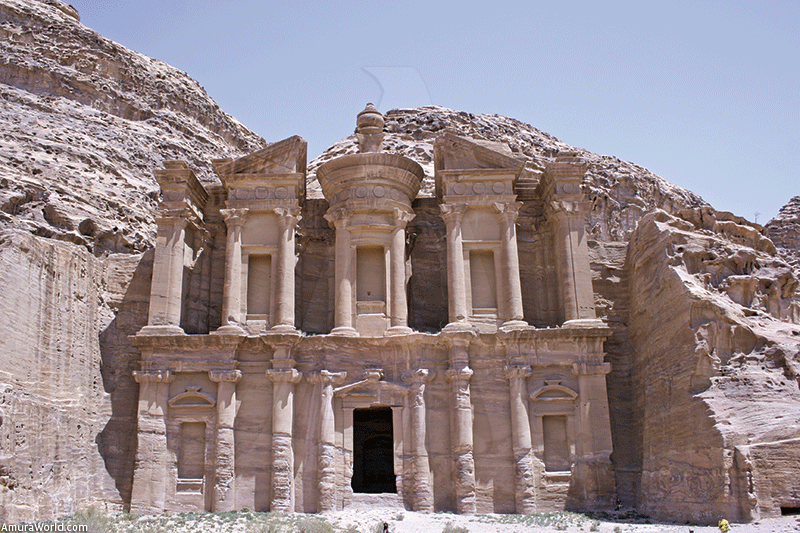The Hidden City of Jordan
During the trip to Lebanon we visited its surroundings, Syria and Jordan, where the vestiges of its history such as Palmira, Aleppo, Krak des Chevaliers, Damascus, Jerash and the Dead Sea, impressed us. Petra, the ancient capital of the Nabateans, an Arabic group that ruled the Transjordan area during the pre-Roman period, was one of the most amazing, mysterious and majestic.
In scenery of arid mountains, a dirt road takes us along a dry riverbed until we enter a siq, a narrow and sinuous fault in the rock formed by tectonic forces.that can perhaps be only five meters (16 feet) wide but with walls rising 200 meters (656 feet) in the air. Suddenly, framed by the shadowy border, appears Khazneh (the treasury), the famous monument carved in the reddish rock that has elegant columns adorned with capitals and low reliefs of Hellenic inspiration. Carved over two thousand years ago and over 43 meters (141 feet) high, it is a matchless vision rising from the past.
Following the road, we discovered other beautiful temples, also carved in the rock, an immense theater that seated 8,000 people and the remains of an elegant city within a closed valley (siq) inside the djebels (mountains). On a difficult path we climbed to the Monastery, a superb temple 50 meters (164 feet) wide and 45 meters (147 feet) tall with columns and capitals that dates from the 3rd century B.C. An impressive vista of the twisted, arid mountains and the Wadi Araba, 1,500 meters (4,921 feet) below and a valley that stretches from the Dead Sea to the Red Sea, was the reward we received for our climbing efforts.
Petra is a treasure rising from the past, hidden within a mysterious canyon and the majestic work of art of a people that defied the Romans.
Text: AMURA ± Photo: Patrick Monney.

